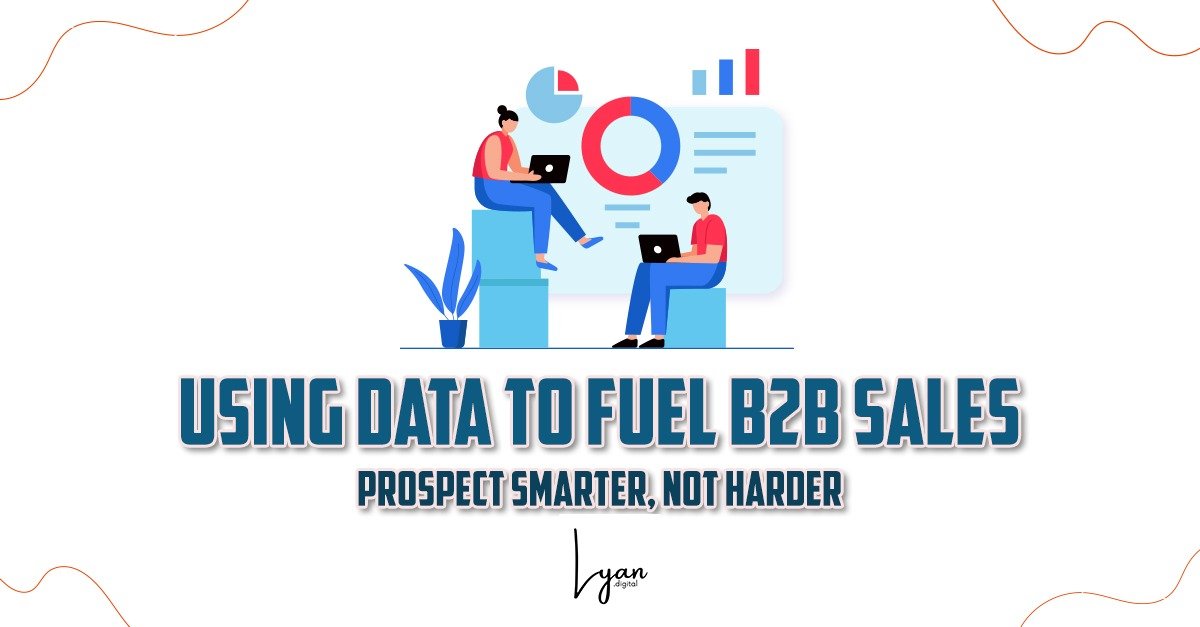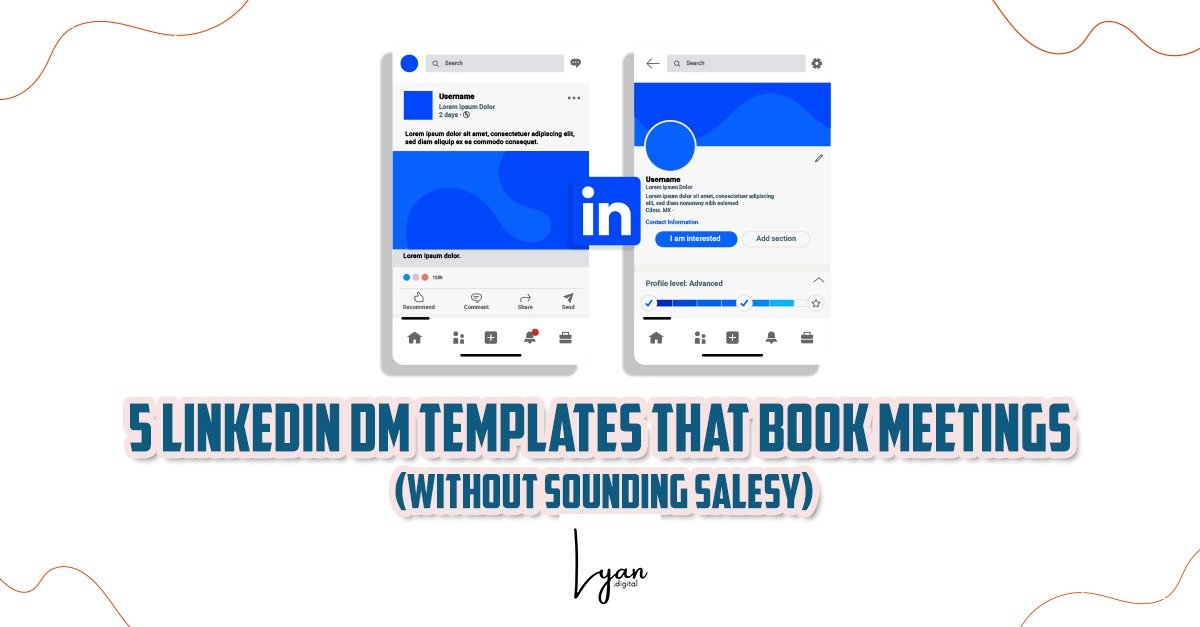Hey there, entrepreneur! Are you wondering how to identify the right market for your product or service, and how to launch it successfully? If yes, then you’re in the right place. Market research is the foundation of any successful business, and today, I’m going to walk you through the entire process in a way that’s both practical and actionable.
 Why Market Research is Essential
Why Market Research is Essential
Market research isn’t just about knowing where to launch your product—it’s about understanding your audience, competitors, and market dynamics. This helps you:
- Identify the demand for your product.
- Understand what options already exist in the market.
- Find opportunities to stand out.
Let’s break it down step by step.
 Step 1: Define Your Goals
Step 1: Define Your Goals
The first step in any market research journey is defining your goals. What do you want to learn? Here are some examples:
- Are you trying to understand which services or products are most relevant?
- Do you want to know who your target audience is?
- Are you trying to figure out the best way to launch your product?
Take out a scratchpad or use digital tools like Notion or Evernote to jot down these goals. For example:
If you’re a personal branding consultant, your goals might include:
- Identifying the services most in demand.
- Understanding the audience segments that search for these services.
- Learning about the packages or pricing models currently popular in the market.
Having clear goals will make the next steps more focused and effective.
Step 2: Understand the Demand
Demand is the backbone of market research. Here’s how you can uncover it:
Three Types of Demand
- Active Demand: These are customers actively searching for a solution.
Example: Someone searching, “Best personal branding consultant near me.” - DIY Demand: These customers prefer solving the problem themselves.
Example: Searching, “How to improve my personal brand on LinkedIn.” - Emotional Trigger Demand: Customers who aren’t aware of their exact need but are emotionally driven to search.
Example: Someone searching, “How to feel more confident in professional settings.”
For each type of demand, brainstorm the questions your audience might ask. For instance:
- Active Demand: What is the best personal branding service?
- DIY Demand: How can I optimize my LinkedIn profile?
- Emotional Trigger: Why am I not being noticed at work?
Pro Tip:
Use tools like Google’s search suggestions or keyword tools like Ubersuggest to uncover related questions and topics.
Step 3: Analyze Competitors and Existing Solutions
Once you know the demand, it’s time to look at the options already available in the market. This doesn’t just include direct competitors but also any alternative solutions that fulfill the same need.
Example
If you’re developing a habit tracker app, your competitors aren’t just other habit tracker apps. They might also include:
- To-do list apps.
- Accountability groups.
- Pen-and-paper journals.
Analyze what these options offer and what they lack. For example:
- Why are users uninstalling certain apps?
- Which features do users wish these apps had?
This analysis will help you identify gaps in the market and opportunities to stand out.
Step 4: Identify Your Target Audience
Your target audience is the group of people most likely to benefit from and pay for your product.
Three Key Roles in Target Audience
- The Buyer: The person who pays for the product.
- The Influencer: The person who recommends the product.
- The User: The person who actually uses the product.
Example:
For a B2B software solution:
- The CEO might make the purchasing decision.
- The team lead might recommend the software.
- The employees are the end-users.
Understanding these roles helps you craft marketing messages that resonate with each segment.
Step 5: Competitive Research
To stay ahead, you need to know what your competitors are doing well and where they’re falling short.
What to Look For
- Their digital presence: How do they position themselves online?
- Their messaging: What features or benefits do they highlight?
- Their customer journey: What steps do they take to convert a lead into a customer?
- Their strengths and weaknesses: What makes them successful? What are their gaps?
Use tools like:
- Google Trends: To see search trends for related keywords.
- Ubersuggest: To analyze competitor keywords and content.
- Reddit and Quora: To gather honest customer opinions and discussions.
Pro Tip:
Don’t copy your competitors. Instead, use their strategies as a benchmark and focus on your unique strengths.
Step 6: Organize Your Findings
By now, you’ll have a wealth of information. Organize it into clear, actionable insights:
- SWOT Analysis: Identify your Strengths, Weaknesses, Opportunities, and Threats compared to competitors.
- Market Gaps: Highlight areas where demand isn’t being met.
Step 7: Launch with Confidence
With all this research, you’ll have a clear roadmap to:
- Develop a product or service that meets market needs.
- Position it effectively to your target audience.
- Differentiate it from competitors.
Final Thoughts
Market research doesn’t have to be overly complicated or expensive. By following these steps and using readily available tools, you can gather the insights you need to make informed decisions about your product or service.
And hey, if you found this helpful and want to dive deeper, feel free to connect with me on LinkedIn. Whether you need guidance or feedback, I’m here to help. Let’s grow together!
Until next time, happy researching!




